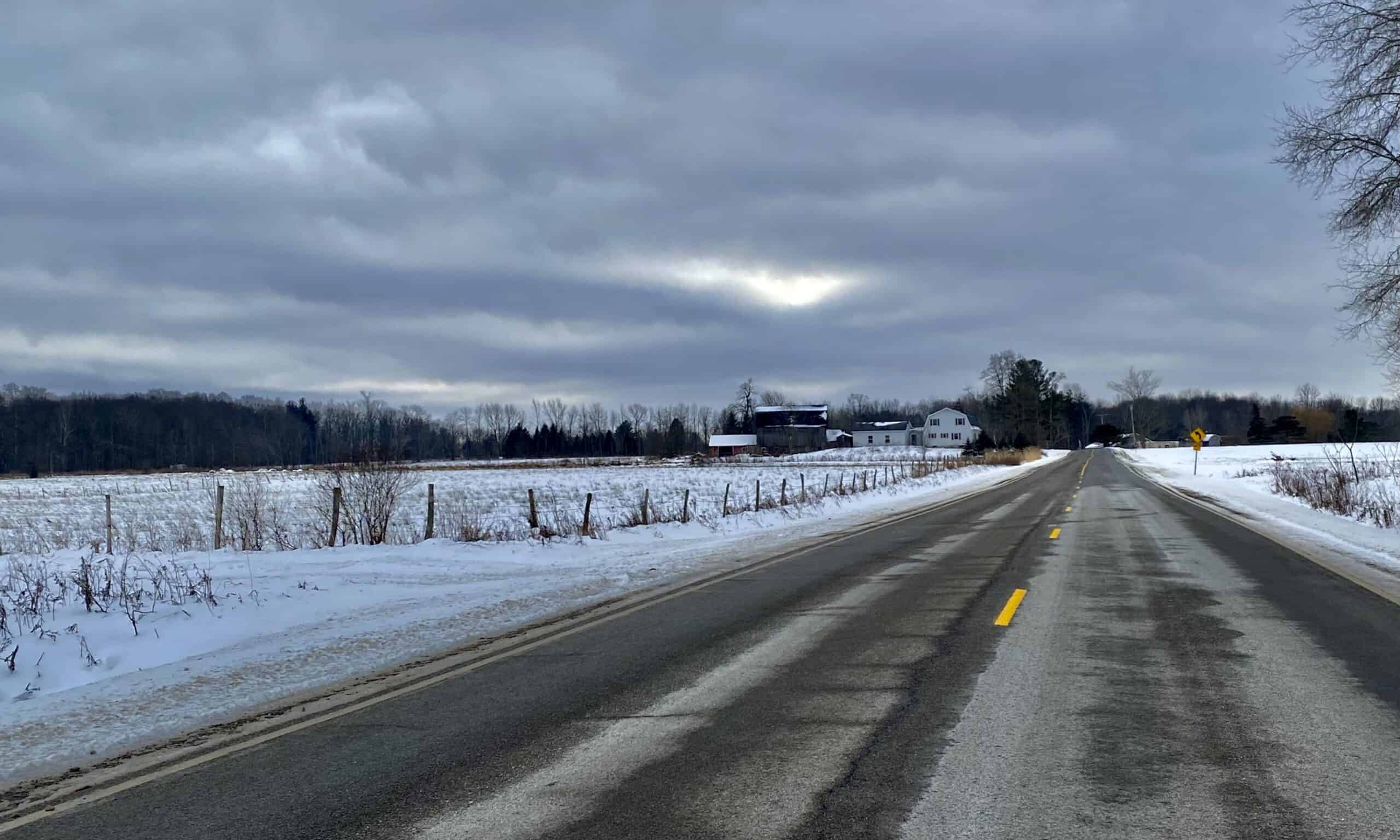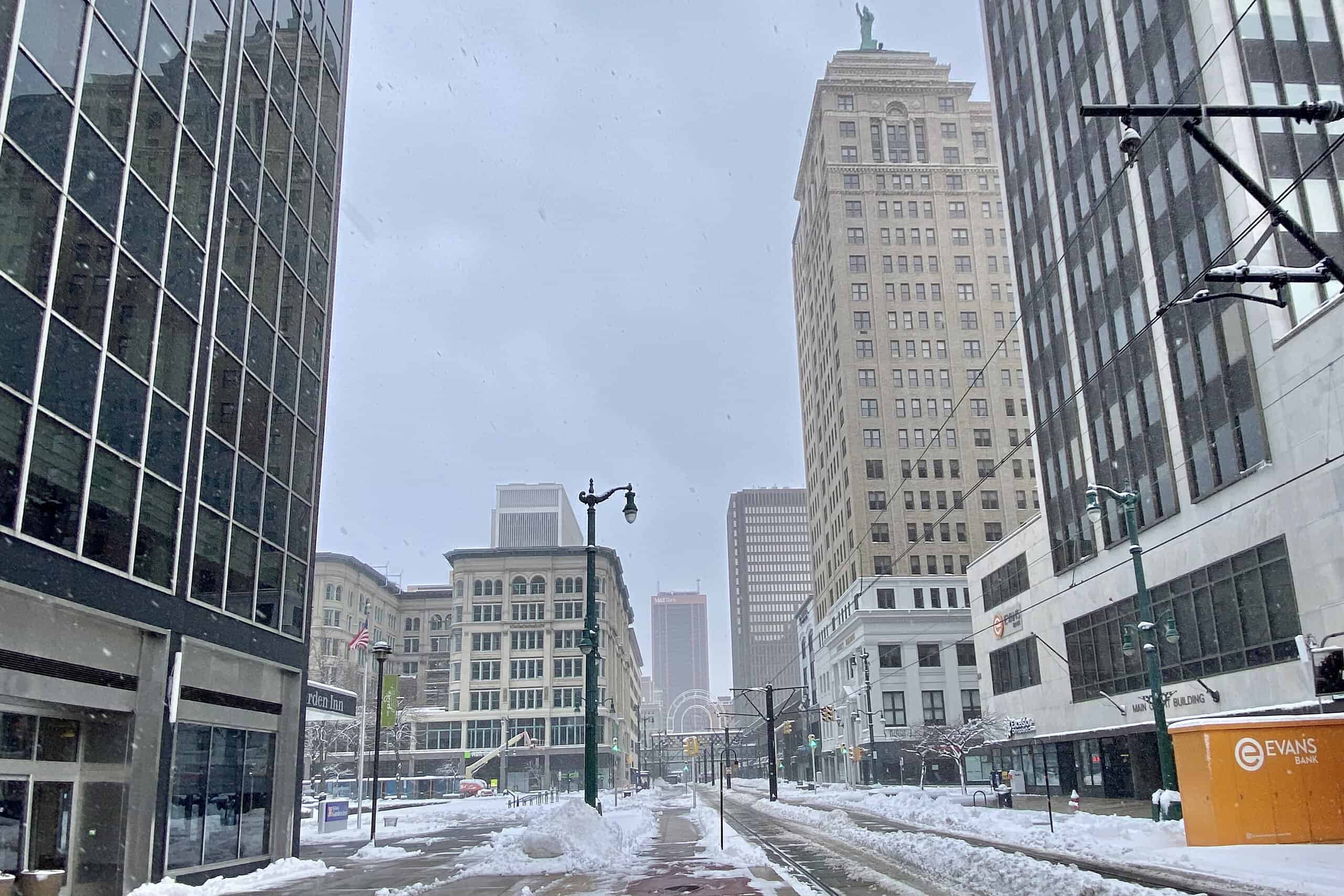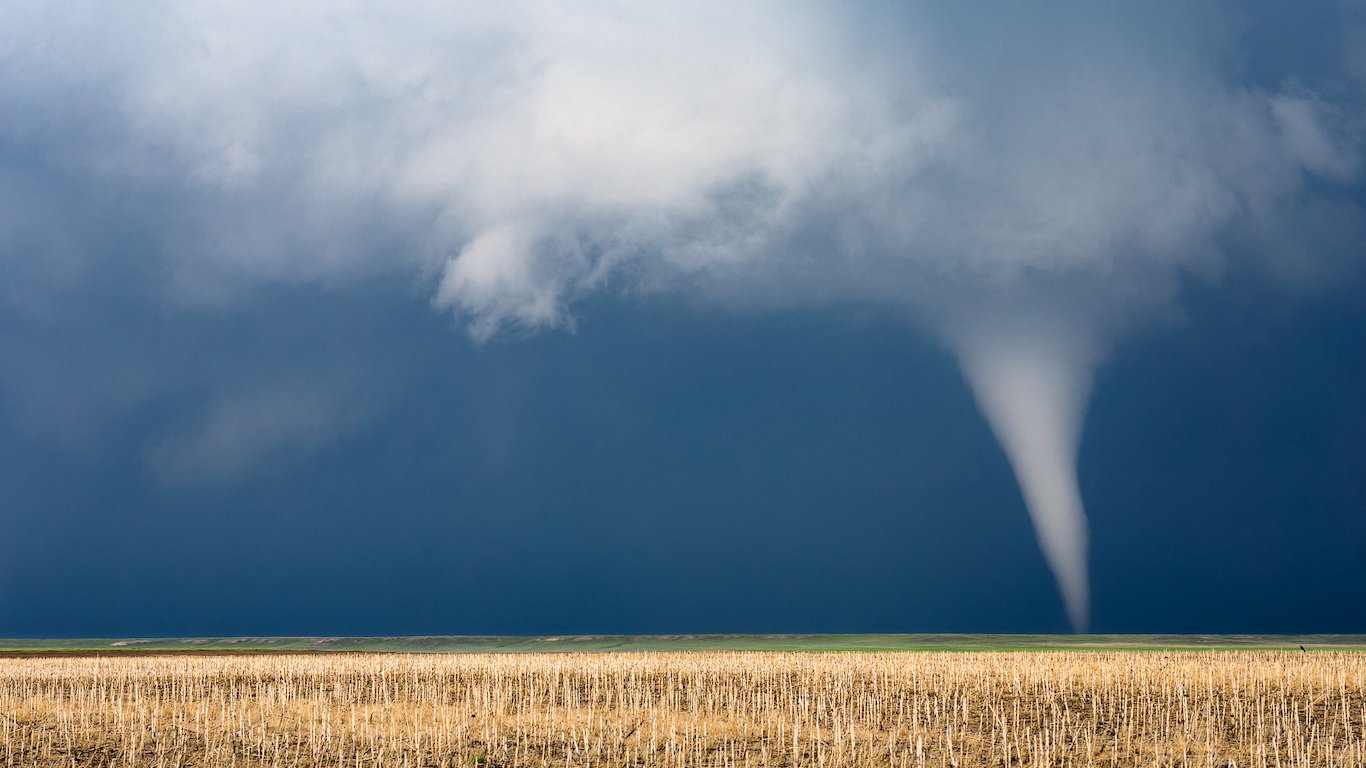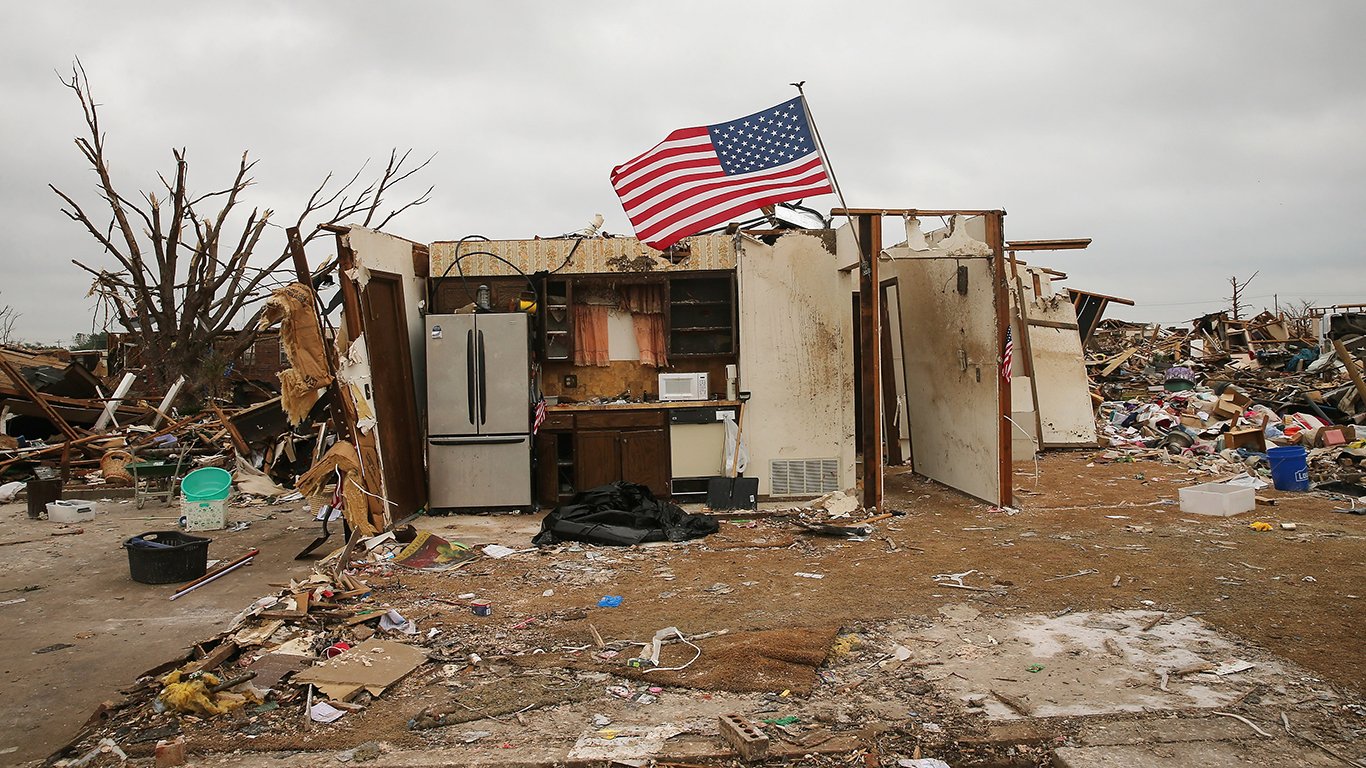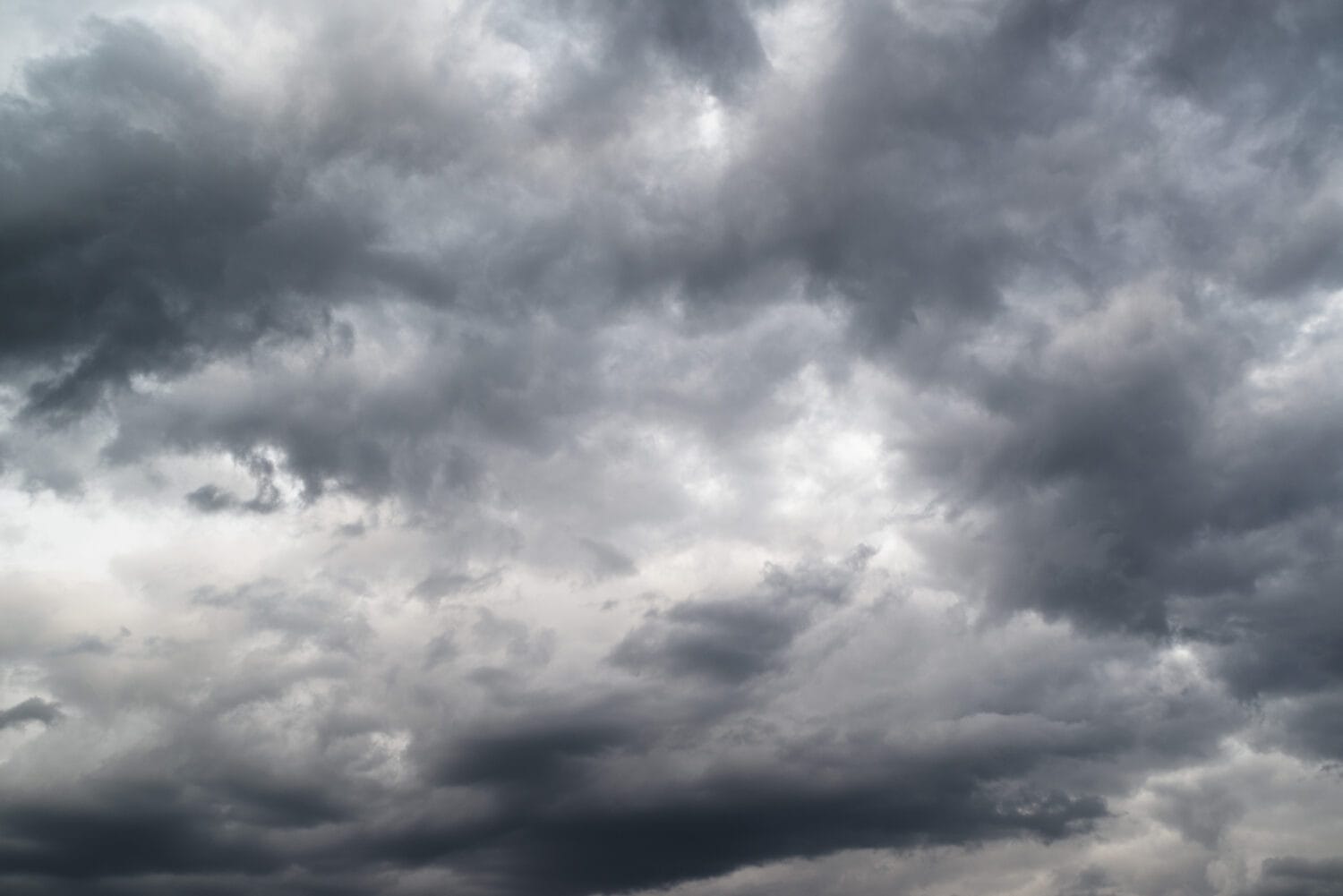

February is a strange month in the United States. During the second month of the year, we arm a naked baby with a bow and arrows in the name of romance. We also usurp the birthdays of our two most famous presidents to sell mattresses. And, if all of that wasn’t strange enough, we allow a groundhog to act as a meteorologist. This is what qualifies as a normal February in America!
We can’t definitively say why so many odd things happen in February, but maybe a collective Vitamin D deficiency is at least partially to blame. The winter season in some parts of the country means a serious lack of sunshine. There are portions of the U.S. where clouds almost perpetually dominate the skies.
By the time we turn the calendar to February, many Americans have endured months of endless clouds, but they also know that they have another month and a half until spring. The interminable gloom can cause anyone to act a bit peculiar (although we’re still not sure that fully explains allowing a rodent to forecast the weather).
All jokes aside, this relentless drear can cause feelings of malaise or the “winter blues.” When we don’t get enough sunlight, our serotonin levels drop. Serotonin is a natural chemical in our bodies that is believed to play a role in regulating our moods. In more serious cases, lack of sunlight can contribute to Seasonal Affective Disorder.
Why So Cloudy?
We compiled a list of the ten cloudiest U.S. cities in the winter. The skies in every city on this list are affected by large bodies of water. When colder air flows over relatively warmer water, that moisture rises and cools, forming clouds. This is why cities in the Pacific Northwest and cities in close proximity to the Great Lakes experience an inordinate amount of cloud cover in the winter.
The low angle of the sun during the winter is also to blame. Typically, the air is cooler in the higher parts of the atmosphere. However, because of the sun’s low angle in the winter, the surface remains cooler while warmer air remains aloft. This phenomenon, known as temperature inversion, traps moisture between the cold surface air and the warmer air higher in the atmosphere. So, while the summer sun can cause clouds to dry and dissipate, the winter sun can’t do that and clouds hold strong throughout the season.
Some of the cloudiest cities in America during the winter might surprise you. For example, Seattle is often believed to be the cloudiest city in the U.S. It is close, but it doesn’t quite snag the top spot. It is also not the rainiest city in the nation, contrary to the popular stereotype. That title belongs to Hilo, Hawaii. In fact, Seattle is not even in the top ten rainiest U.S. cities.
24/7 Wall St. compiled this list using information provided by the meteorology team at WKRC, a local television news outlet in Cincinnati, Ohio. The figures listed below represent the percentage of winter days when over 25% of the sky in each city is covered with clouds during the winter.
Do you live in one of these rayless and dreary cities? Hang in there! Spring arrives next month.
10. Indianapolis, Indiana
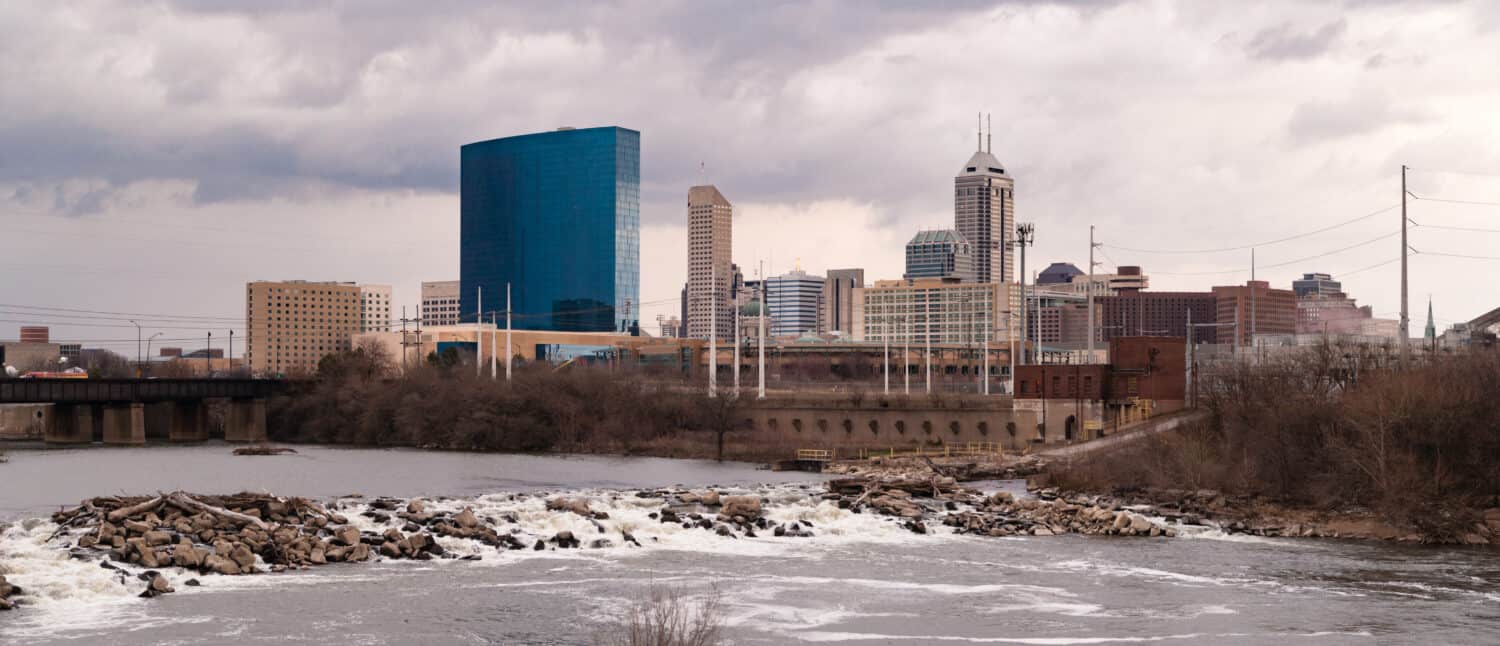
- Cloudy Winter Days: 81%
9. Cincinnati, Ohio

- Cloudy Winter Days: 83%
8. Columbus, Ohio
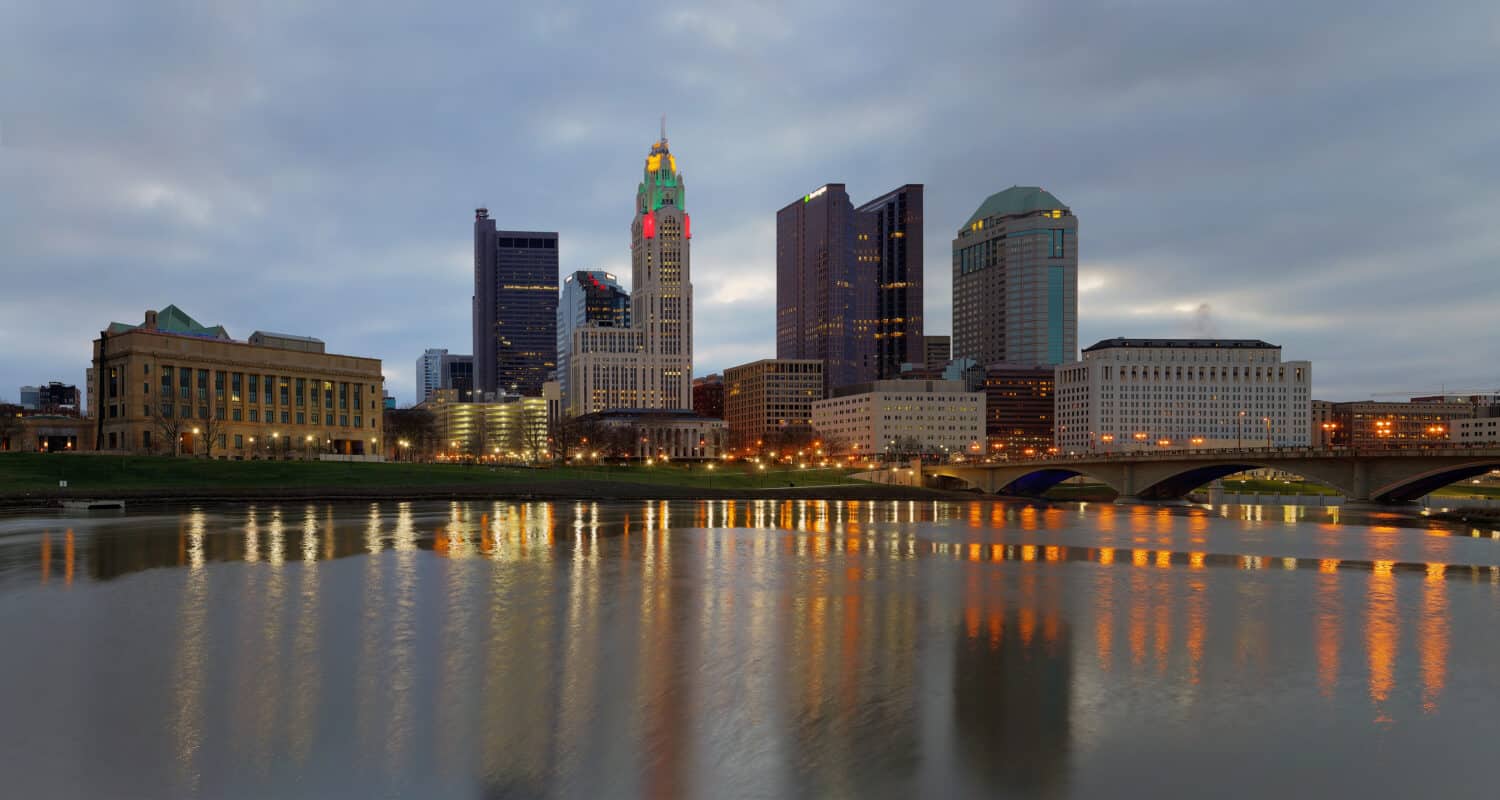
- Cloudy Winter Days: 87%
7. Detroit, Michigan
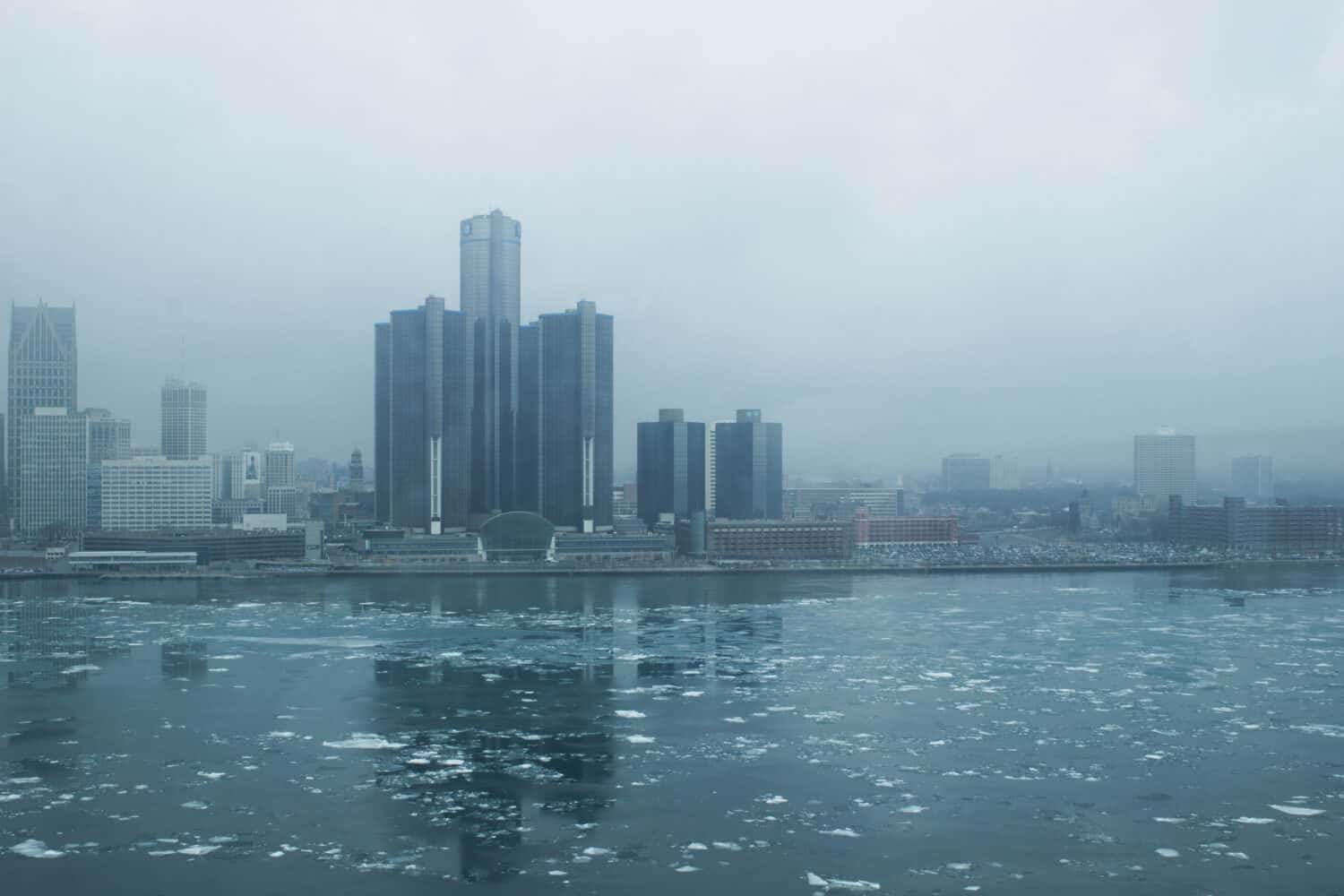
- Cloudy Winter Days: 88%
3. (tied) Portland, Oregon
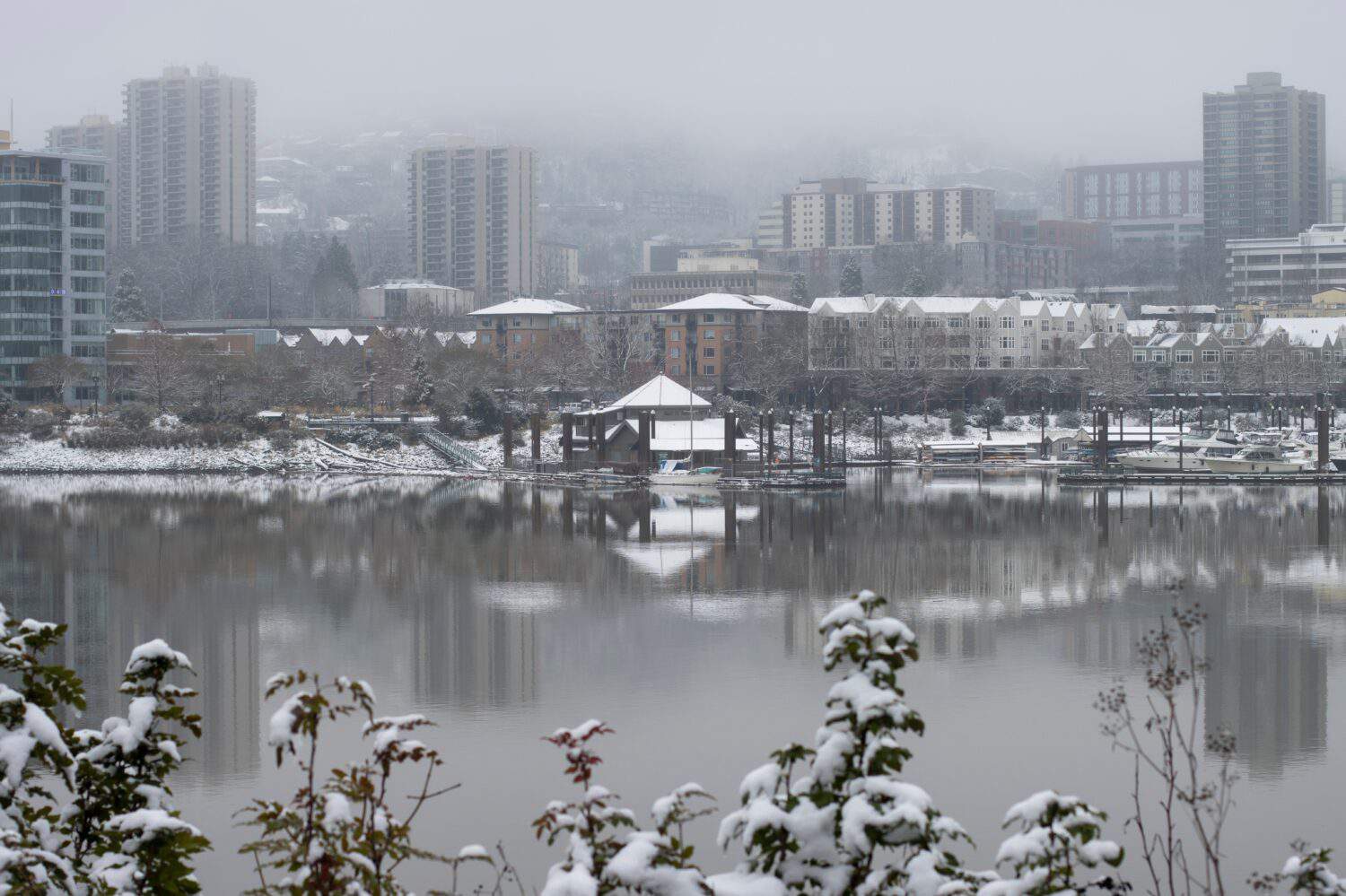
- Cloudy Winter Days: 91%
3. (tied) Pittsburgh, Pennsylvania

- Cloudy Winter Days: 91%
3. (tied) Seattle, Washington
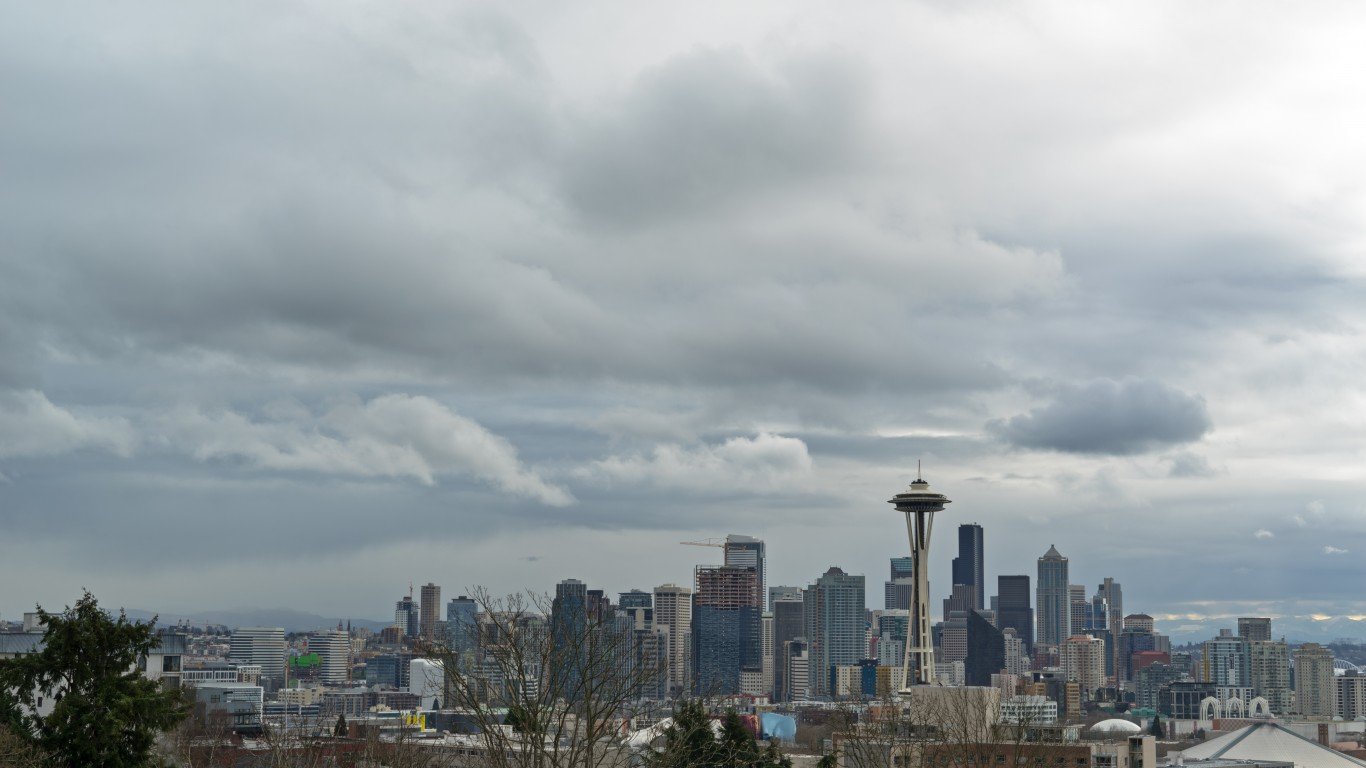
- Cloudy Winter Days: 91%
2. (tied) Rochester, New York
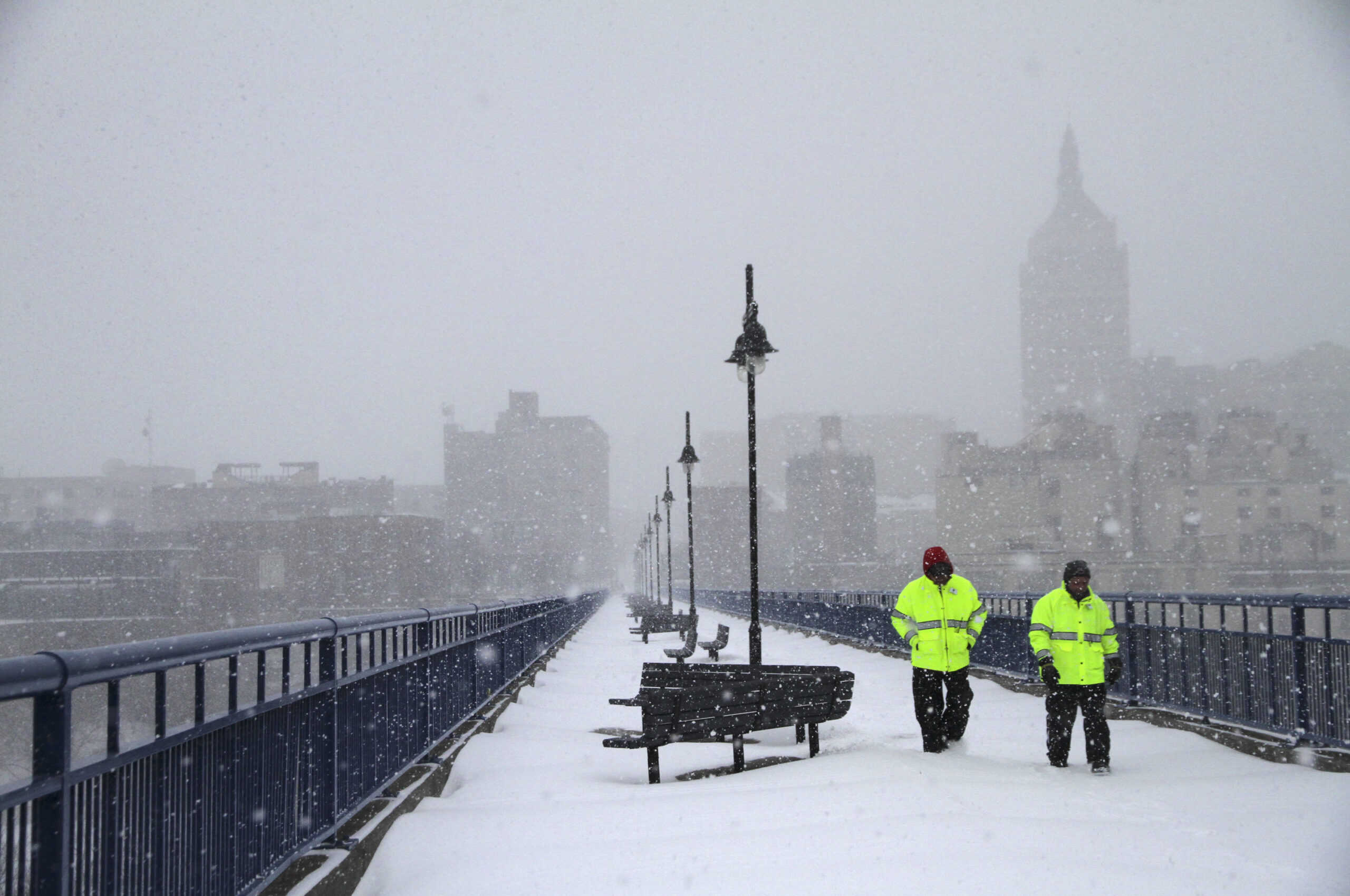
- Cloudy Winter Days: 93%
2. (tied) Cleveland, Ohio
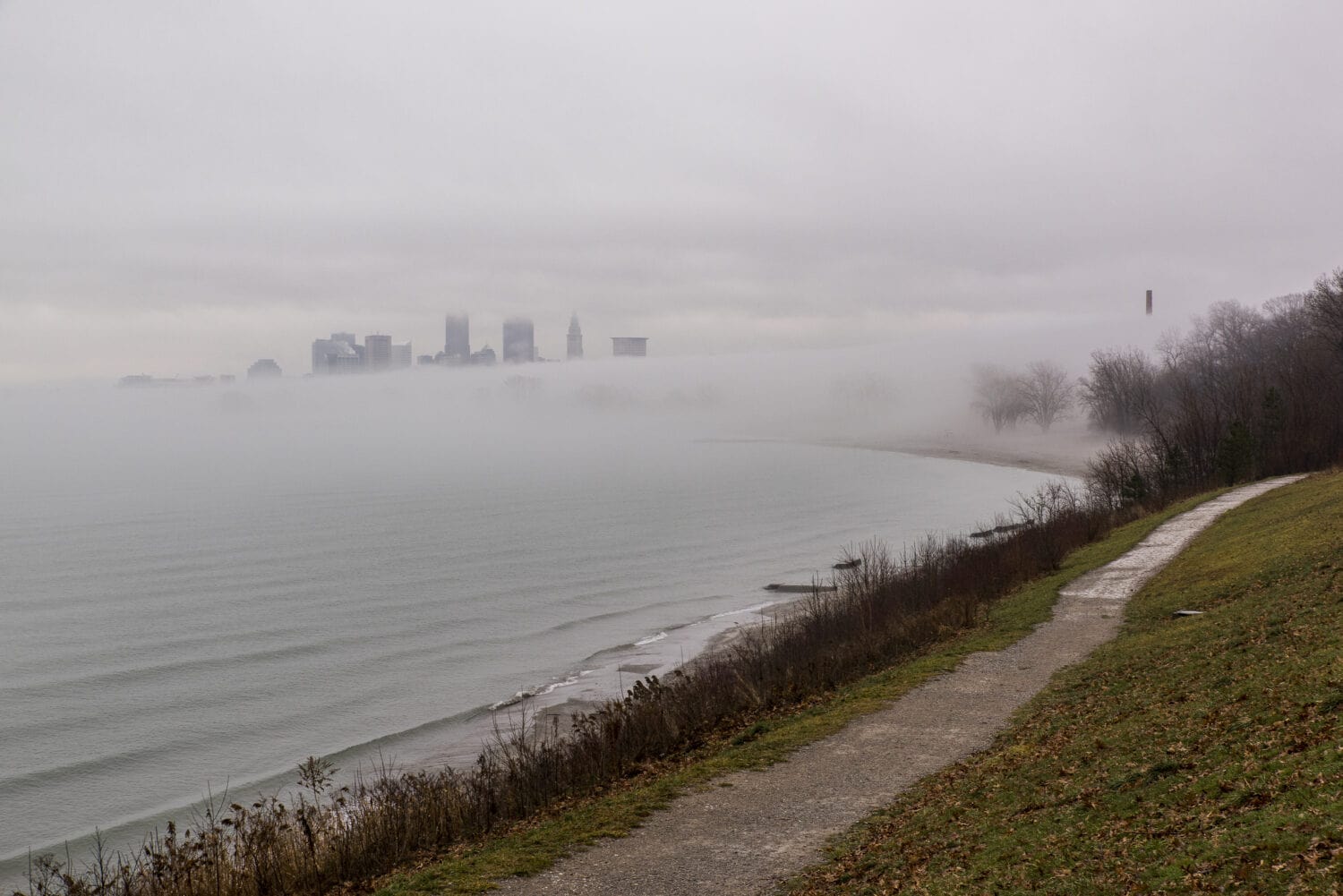
- Cloudy Winter Days: 93%
1. Buffalo, New York
- Cloudy Winter Days: 96%
Smart Investors Are Quietly Loading Up on These “Dividend Legends” (Sponsored)
If you want your portfolio to pay you cash like clockwork, it’s time to stop blindly following conventional wisdom like relying on Dividend Aristocrats. There’s a better option, and we want to show you. We’re offering a brand-new report on 2 stocks we believe offer the rare combination of a high dividend yield and significant stock appreciation upside. If you’re tired of feeling one step behind in this market, this free report is a must-read for you.
Click here to download your FREE copy of “2 Dividend Legends to Hold Forever” and start improving your portfolio today.
Thank you for reading! Have some feedback for us?
Contact the 24/7 Wall St. editorial team.
